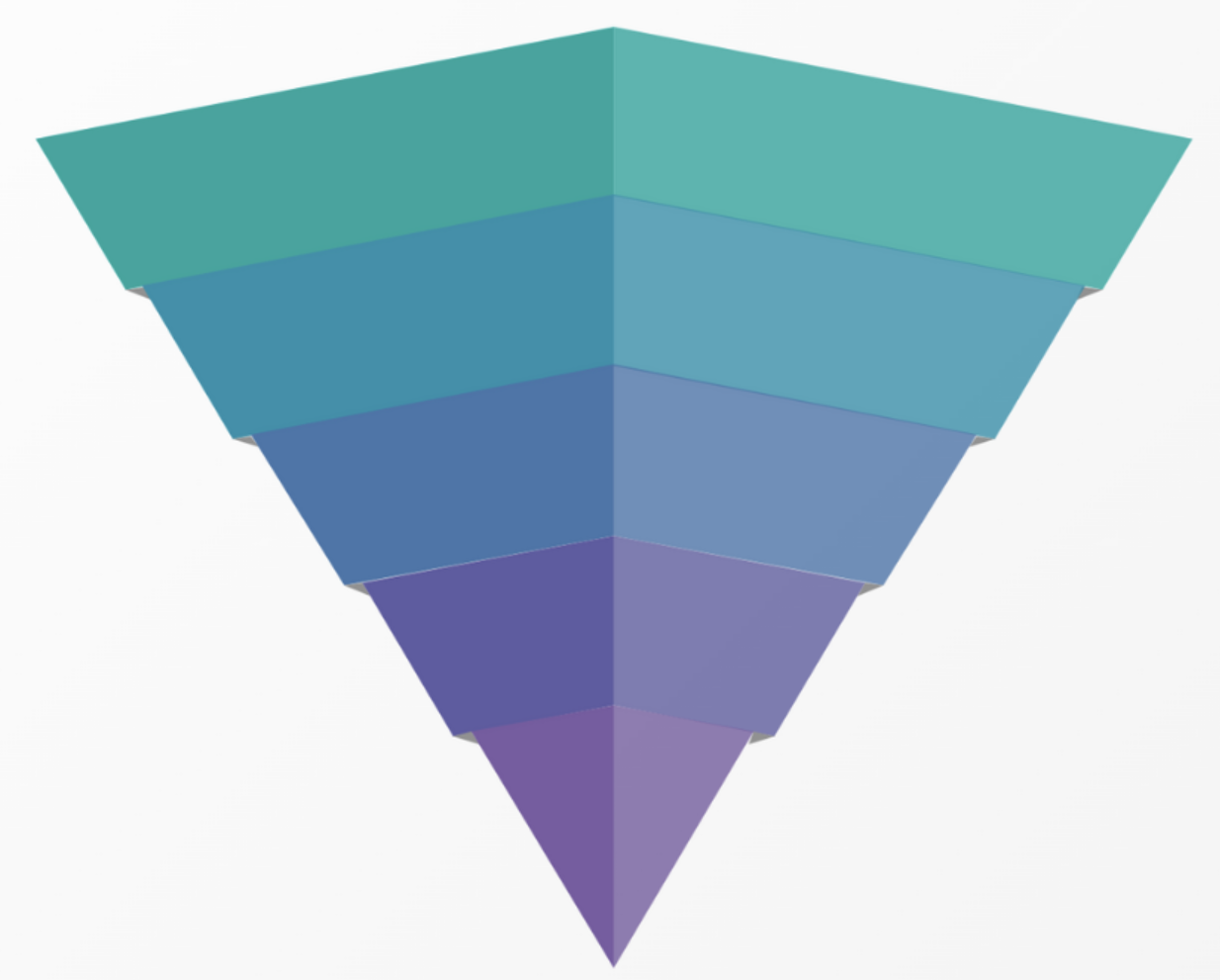Is your nonprofit considering using SEM (Search Engine Marketing)? This digital marketing channel involves organizations bidding on related keywords in order for their ad to display when someone searches for associated terms.
Frequently these ads are referred to as PPC (pay per click) or CPC (cost per click) ads because your organization only pays if someone clicks the ad. You can think of SEM as rather like an auction and ranking system where your nonprofit is bidding to push your ads up the list so that more potential supporters will see it.
How and why does it work?
The goal of a SEM strategy is to be the best ad result, whether that means appearing on a search engine results page, a partner website, or on YouTube. SEM ads are more successful than other types of advertising because they target individuals who are already motivated and interested in a particular topic and then direct them to relevant pages on your website. Your organization is reaching supporters at exactly the right time: at the moment that they are looking to learn more.
How does one create a successful SEM strategy? Google is by far the most popular search engine in the world due to its ability to serve up what users are looking for with remarkable accuracy on its results pages, while a multi-faceted approach ensures that you capitalize on opportunities. Begin with research into your organization’s specific target audience, and then create compelling advertisements designed to speak directly to them. Next choose specific keywords and organize them into focused campaigns and ad groups while keeping in mind the goals of your nonprofit’s campaign. A specialist in search engine marketing can help to identify the best keywords and develop successful campaign strategies if your nonprofit doesn’t have this knowledge in-house.
What type of SEM and other advertising does Google make available to nonprofits on its platform? Here we break down the three most important.
Google Ad Grants
What are Ad Grants?
Ad Grants is a part of the “Google for Nonprofits” program and provides up to $10,000 in free monthly advertising to eligible nonprofits. The application process is fairly simple, including validating charity status, agreeing to Google’s requirements and maintaining a functioning website. There are few types of excluded nonprofits, so we’ve created a 2-minute Google Ad Grant quiz to help you check your eligibility. We regularly help nonprofits through the entire application process to ensure that they are approved.
Ad Grants is awesome but does require setting up a well-functioning campaign and picking the best possible keywords to be successful. To keep the advertising funds you must be proactive and check the success of your advertisements to ensure that they are performing above the minimum required by the grant. Some nonprofits find that this is specialized and technical enough that it is the best use of funds to focus on other efforts and to outsource managing the Google Ad Grant.
The program only covers text ads which means the focus is on creating compelling text content that is sure to generate more supporters. And of course, your ads will only appear on Google and not on any other search engines (such as Bing or Yahoo).
Why should my nonprofit sign up?
Google grant ads are free with no expiration date and no need to reapply. Text ads are a great way to target potentially interested (and pre-selected) audiences and direct them to your nonprofit’s website. Goals can include increasing donations, recruiting more volunteers, hiring new staff, and raising awareness for a cause. However, in order to make it successful and meet Google’s success benchmarks (5% click through rate), it requires some work.
Google Display Ads
What are Google Display Ads?
To understand what a Google Display Ad is, you must first understand the difference between Google’s “Search Engine Results Pages” (SERP) and the “Google Display Network”. SERP refers to the results shown on a search engine results page after a user has searched for specific information. The latter refers to the countless websites that rent ad space through Google. Like billboards, these websites rent space to an advertising company (Google) who then creates ads for its clients (you). Display Ads are image-based ads that appear on other websites throughout Google’s network while the Google Ad Grant covers text ads that only appear on search engine results pages.
Display Ads are extremely cost effective, on average under $0.58 per click. Unfortunately, Google does not offer a program to cover these costs, but they do allow for a high degree of segmentation when setting up your campaign. Display ads allow you to target audiences using interests or demographics such as age, gender, location, in-marketing behavior and much more.
Why should my nonprofit invest?
Why would a nonprofit pay money for Display Ads when Ad Grants offers free text ads? First, the Google Display Network reaches 90% of the world’s internet users. That’s a lot of people. In addition, including Display Ads can help put your ads in front of people at a low cost when bidding for Google Ads is out-of-reach (think Giving Tuesday). It is also a great option when you want to get your message out there for an event or for nonprofits that are cost-conscious and ineligible for the Ad Grant.
YouTube Ads
YouTube ads play before, in the middle of, or next to a selected video on YouTube, and are also known as TrueView ads. This method of advertising is successful due to the advanced targeting that the campaigns include, such as age, gender, location, interest and more. Your nonprofit only has to pay when a viewer indicates interest by clicking or by watching your ad for more than 30 seconds. When no one clicks your ad or the viewer moves on, you don’t pay anything even though your ad has displayed (a little free advertising!).
Why should my nonprofit invest?
As the second most popular search engine in the world (behind Google), more than 1 billion people watch more than 6 billion hours of YouTube videos every month. That’s a lot of potential supporters. This number is only set to increase as online video traffic will make up 80% of all search traffic by the year 2021. As a nonprofit it’s essential to go to where your potential supporters are. More and more advertising is focusing on video because it has the highest engagement, and your nonprofit should be including it in its communications strategy.
Have any questions or interested in learning more about SEM for your nonprofit? Reach out to us at Elevation; we love chatting about Search Engine Marketing.




